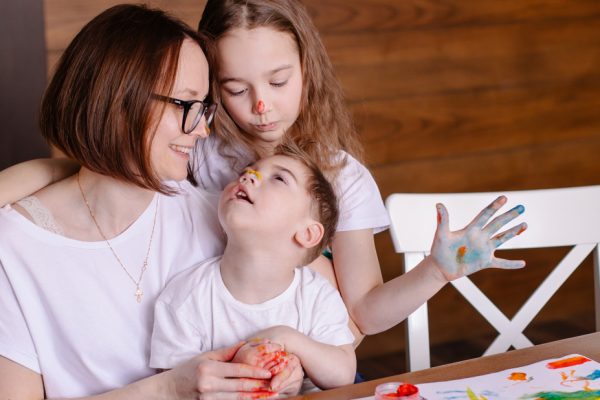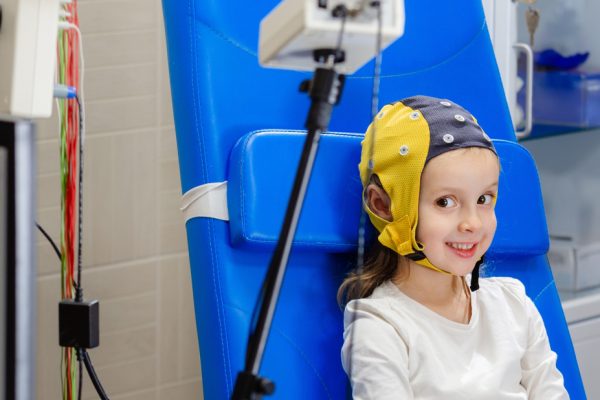
What is bilateral coordination
By OT Helping Children
Bilateral coordination – or bilateral integration – is the ability to use both sides of the body simultaneously, in a coordinated and sequenced way. Good bilateral coordination means the child has good motor control when performing physical and daily living activities, and also that both sides of the brain are communicating effectively.
Bilateral coordination is developed in sequences throughout the first years of the child’s life:
- Symmetrical bilateral integration: This is when both sides of the body, left and right, work as a mirror, by moving together. A good example of Symmetrical Bilateral integration is when the baby learns to clap. Hands and arms move together, simultaneously, performing the same movement.
- Reciprocal bilateral integration: This is when both sides of the body move at the same time but in alternating ways. When the child is consciously performing this movement, it means that the brain and the body are learning how to dissociate one side of the body and one limb from another. A great example is when the child starts to crawl or to walk: one side of the body will do a movement, followed by the other side of the body executing the same movement in a sequence.
- Asymmetrical bilateral integration: This is when both sides of the body perform a different task to support one activity. For example, when a child kicks a ball, one leg supports the body weight and balance, while the other kicks a ball. Or when one hand holds the paper still while the other hand does handwriting.
- Crossing midline: The ‘midline’ is an imaginary line that divides the body into the left and right sides, going from the head to the feet. To cross that line means the child needs to take one limb from one side of the body to the other, crossing that line, to complete a task.
- Sequencing movements: Sequencing is related to the anticipation and planning of the movement to perform a task. Sequencing is also part of a good bilateral integration system. A good example of sequencing is catching a ball. To catch a ball, the child needs to anticipate where the ball is going to land and how to move their arms to be able to succeed in the task.
Delays in the development of Bilateral Integration:
Difficulties with bilateral integration are associated with poor sensory-motor skills, more specifically related to the vestibular system, and ocular and postural control systems.
In addition, children with bilateral integration difficulties also have difficulties with planning and organising thoughts to perform a task, so they might seem ‘clumsy’ and disorganised.
Some of the activities that might be impacted by poor bilateral integration are:
- Using both sides of the body simultaneously, like cutting with scissors, pedalling a bike, swimming in a coordinated way, etc.
- Difficulties staying upright for long periods of time.
- Difficulties with keeping eyes on a moving target or tracking across a page.
- Difficulties staying seated because of the need for movement.
- Late or poor establishment of hand preference.
- Avoidance crossing the body midline.
- Reversal of letters and/or difficulties with reading, writing, and spelling.
Activities that might help your child to improve their Bilateral coordination:
- Sack run (jumping with both legs at the same time)
- Skipping ropes
- Galloping
- Pedalling a bike
- Hopscotch
- Cross crawls marching games (even better when adding rhythm to the movement)
- Kicking balls one to another.
- Throwing and catching a big ball (big enough to be held with both hands)
- Bouncing ball on the floor
- Pushing and pulling ropes, using both hands at the same time
- Clapping following a rhythm (or using drumsticks)
- Tying shoelace or Threading beads
- Cutting shapes with scissors
- Drawing using both hands at the same time or using a ruler
- Rolling a snake with play dough using both hands at the same time
- Wiping table with one hand, encouraging crossing midline
Occupational Therapy Helping Children is a specialist team of occupational therapists in Sydney’s Frenchs Forrest dedicated to helping children thrive, offering one on one supports, as well as parent workshops and teacher training sessions.
occupationaltherapy.com.au






